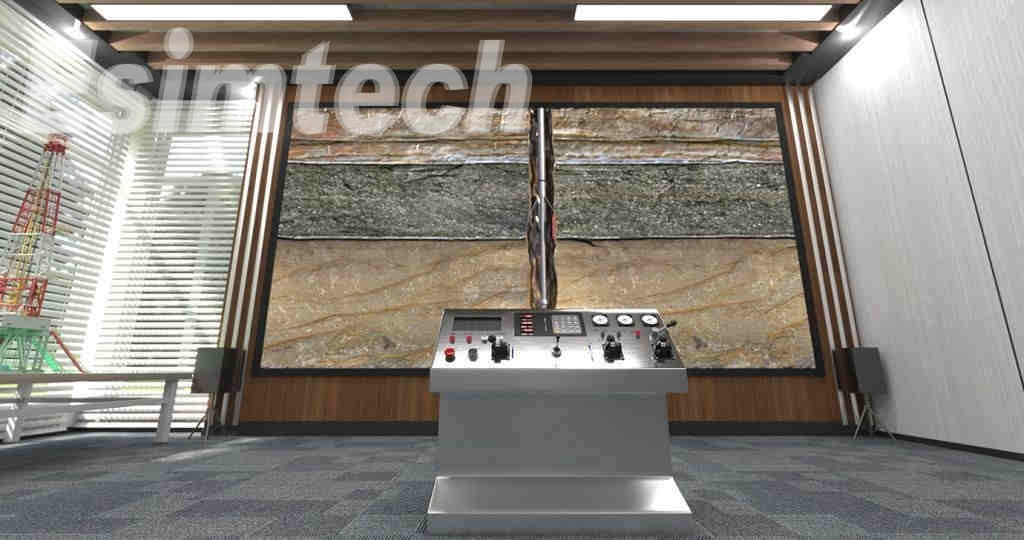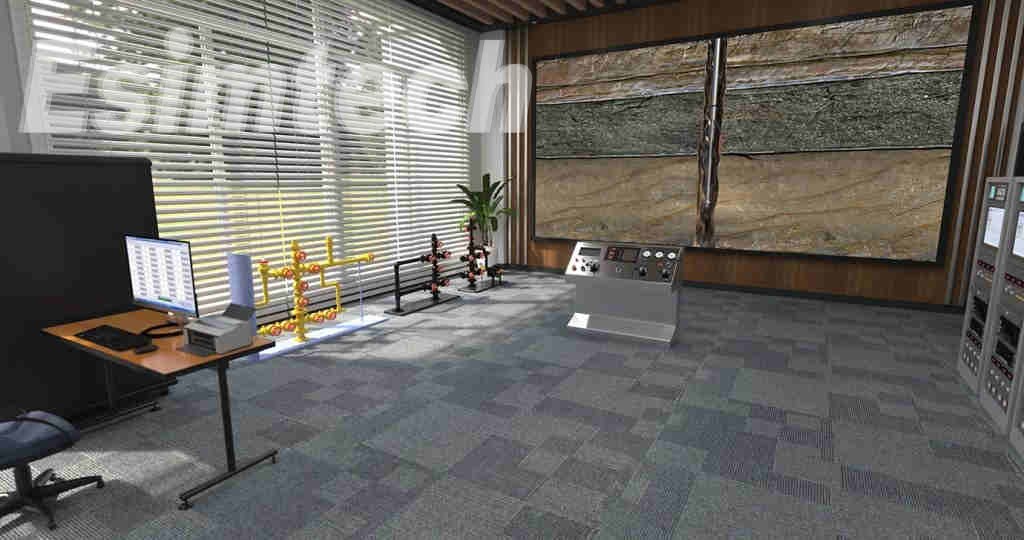Why Choose Well Logging Simulators for Subsurface Efficient Resource Extraction
The technique of measuring and recording various properties of rocks and fluids in a wellbore, known as well logging, is becoming increasingly significant in the energy business. Well logging simulators, which provide virtual platforms for simulating and analyzing downhole measurements, have transformed this process. This essay will look at the notion of well logging simulators, their characteristics, and the significant impact they have on the energy industry.
What are Well Logging Simulators
Well logging simulators are sophisticated computer models that simulate the behavior of downhole measurements and the underlying subsurface formations. To simulate and forecast logging responses, these simulators employ complicated algorithms based on physics, geology, and engineering principles. These simulators enable energy organizations to execute virtual well logging exercises, assess alternative logging equipment and procedures, and get significant insights into reservoir features by producing a digital picture of the wellbore and surrounding formation.

Logging Tool Modeling
The physics and measurements of numerous logging tools, such as gamma-ray, resistivity, neutron porosity, and sonic tools, are precisely modeled using simulators. These models take into account elements such as tool shape, sensor response, and formation interactions, allowing engineers to recreate the behavior of certain logging tools and evaluate their performance in various geological contexts.
Formation Modeling
Well logging Simulators include accurate simulations of subsurface formations such as rock types, lithology, porosity, and fluid saturation. These models contain complex geological heterogeneities and allow engineers to simulate various situations, understand formation features, and evaluate their impact on logging responses. Companies can make informed decisions regarding reservoir properties and optimize resource extraction tactics by examining the simulated measurements.
Calibration and Validation
Engineers can calibrate and evaluate logging responses using simulators by comparing simulated outcomes to actual field data. This procedure ensures that the simulation models accurately represent downhole measurements and provide trustworthy insights into reservoir properties. Companies can gain trust in the simulators’ accuracy and use them successfully for data interpretation and reservoir characterization by validating them.
Scenario Analysis
Engineers can use well logging simulators to do scenario analysis by simulating various logging scenarios under varied conditions. Companies can examine the impact of various variables on logging responses by changing logging tool parameters, wellbore conditions, or reservoir features. This approach aids in the optimization of logging procedures, the identification of formation characteristics, and the reduction of uncertainty in reservoir appraisal.

Profound Impact of Well Logging Simulators On the Energy Industry
Cost Optimization
Well logging simulators assist organizations in optimizing their logging tactics and lowering field operation costs. Companies can assess various logging equipment and methodologies, find the most effective ones, and optimize the deployment of actual logging tools in the field by conducting virtual well logging exercises. This avoids the need for additional trips and reduces the likelihood of failed logging runs, resulting in significant cost savings.
Improving Data Interpretation
Engineers can use well logging simulators to assess logging results and gain relevant information about reservoir features. Companies can improve their understanding of formation parameters such as porosity, permeability, and fluid saturation by simulating different scenarios and analyzing the simulated observations. This increased data interpretation leads to more accurate reservoir modeling, resource assessment, and decision-making.
Enhanced Reservoir Characterization
Well logging simulators are essential for reservoir characterisation because they provide precise information about subsurface formations. Engineers can assess formation attributes, analyze reservoir heterogeneity, and identify possible production zones by modelling logging responses. This data is critical for optimizing well placement, developing completion procedures, and maximizing hydrocarbon recovery from reservoirs.
Risk Mitigation
Well logging simulators aid in risk reduction connected with reservoir appraisal and resource extraction. Companies can examine the uncertainties and hazards involved with various logging scenarios by modeling logging responses. This allows them to detect potential problems, create suitable contingency plans, and lower the overall risk associated with reservoir development and production activities.
Training and Skill Development
Well logging simulators provide a training and skill development platform for industry personnel. Simulators provide a safe and controlled environment for engineers to practice and improve their logging interpretation skills as the complexity of logging tools and procedures rises. This results in a better knowledgeable workforce and enables the effective use of logging data for reservoir evaluation.
Summary
Well logging simulators provide precise reservoir characterization, efficient well logging tactics, and improved decision-making by offering virtual platforms to mimic logging responses. Well logging simulators are critical in revealing subsurface secrets and guaranteeing effective resource extraction.
